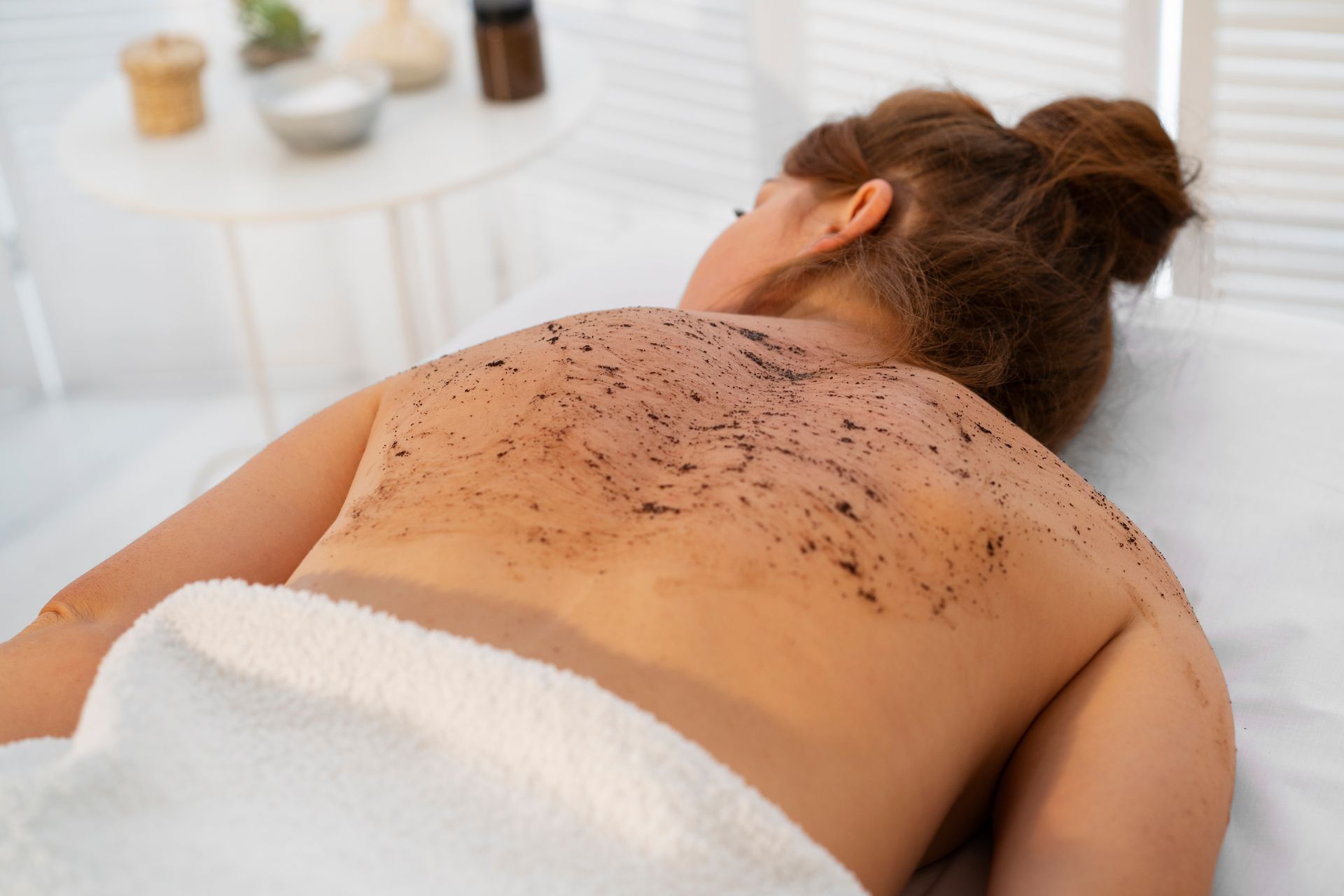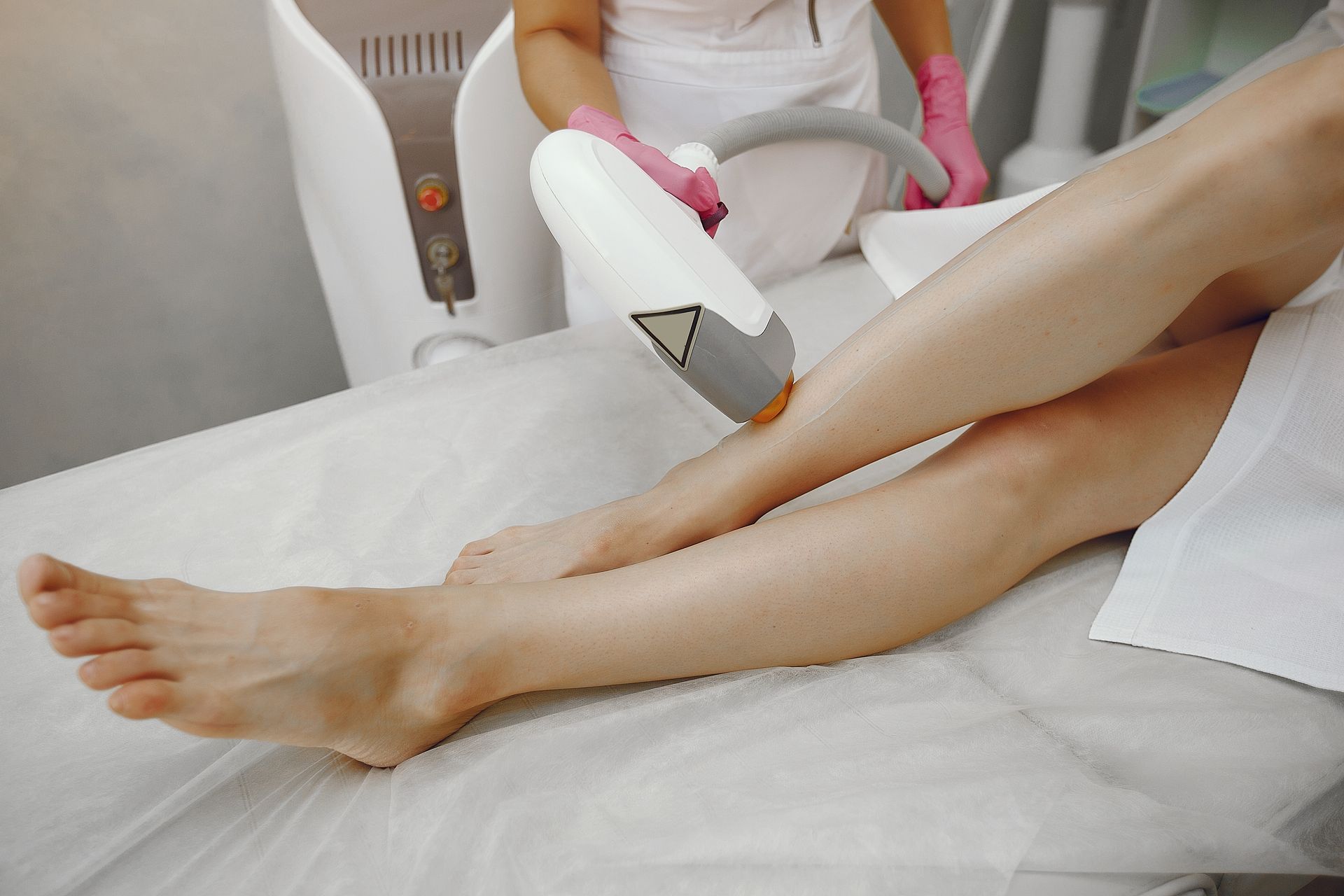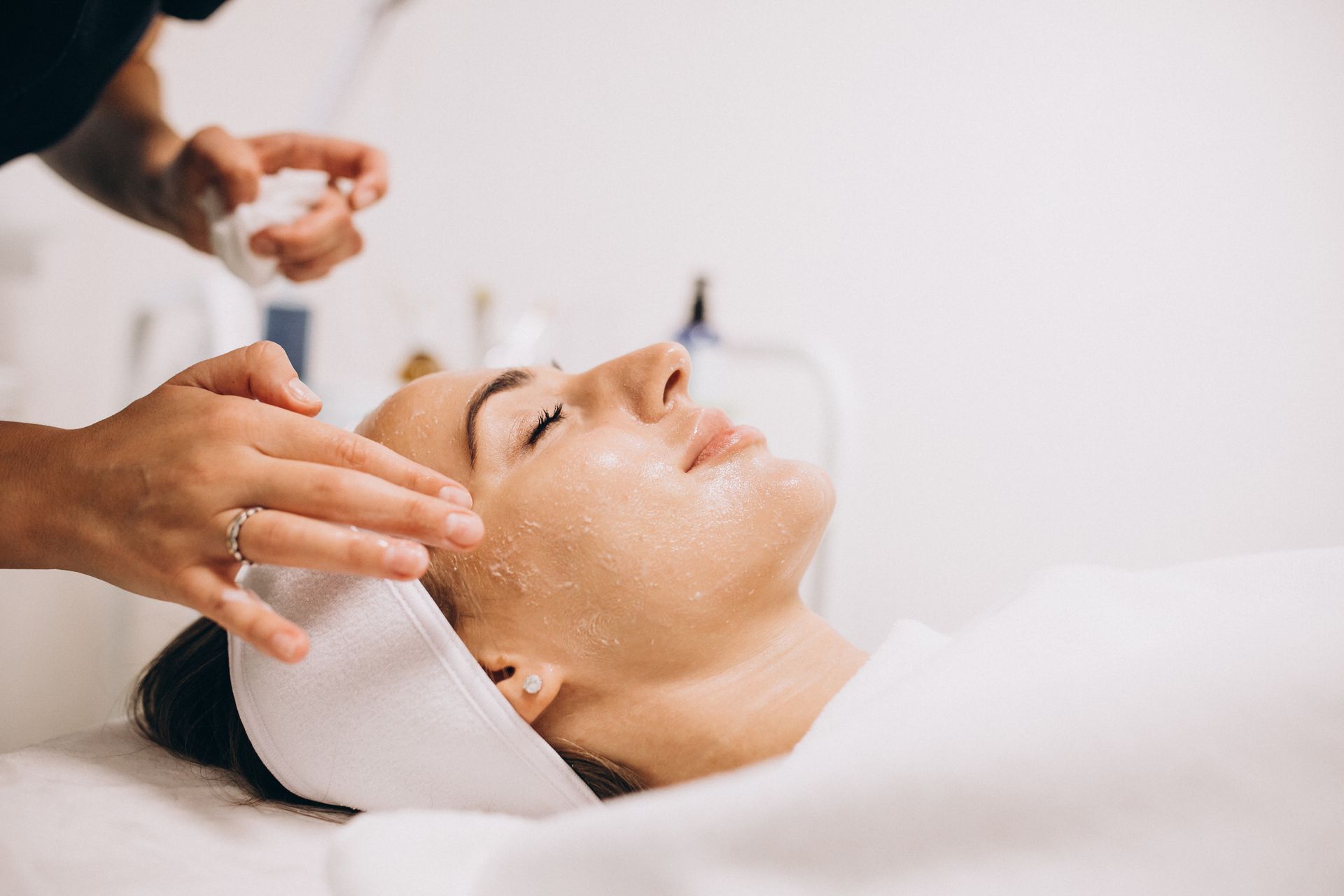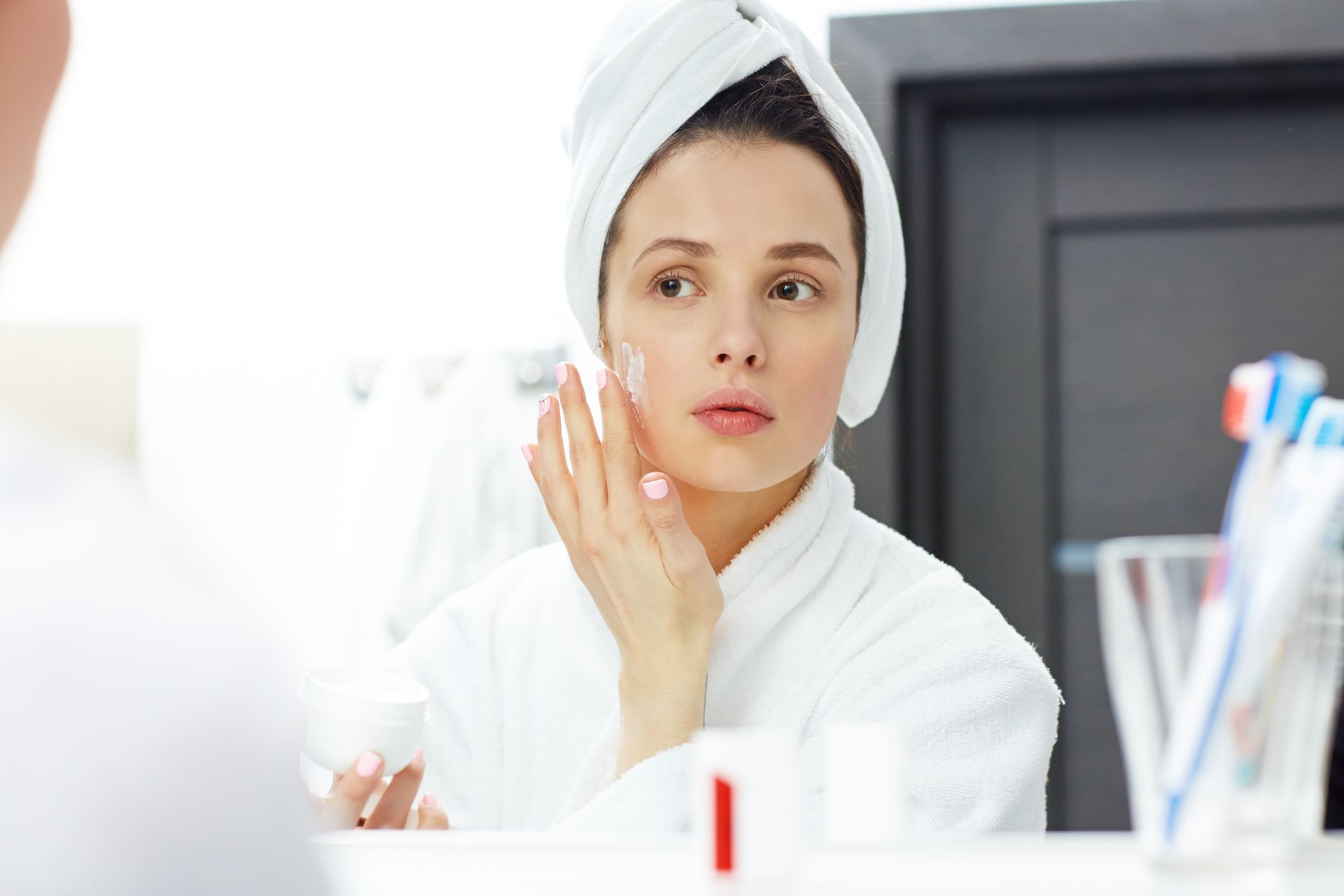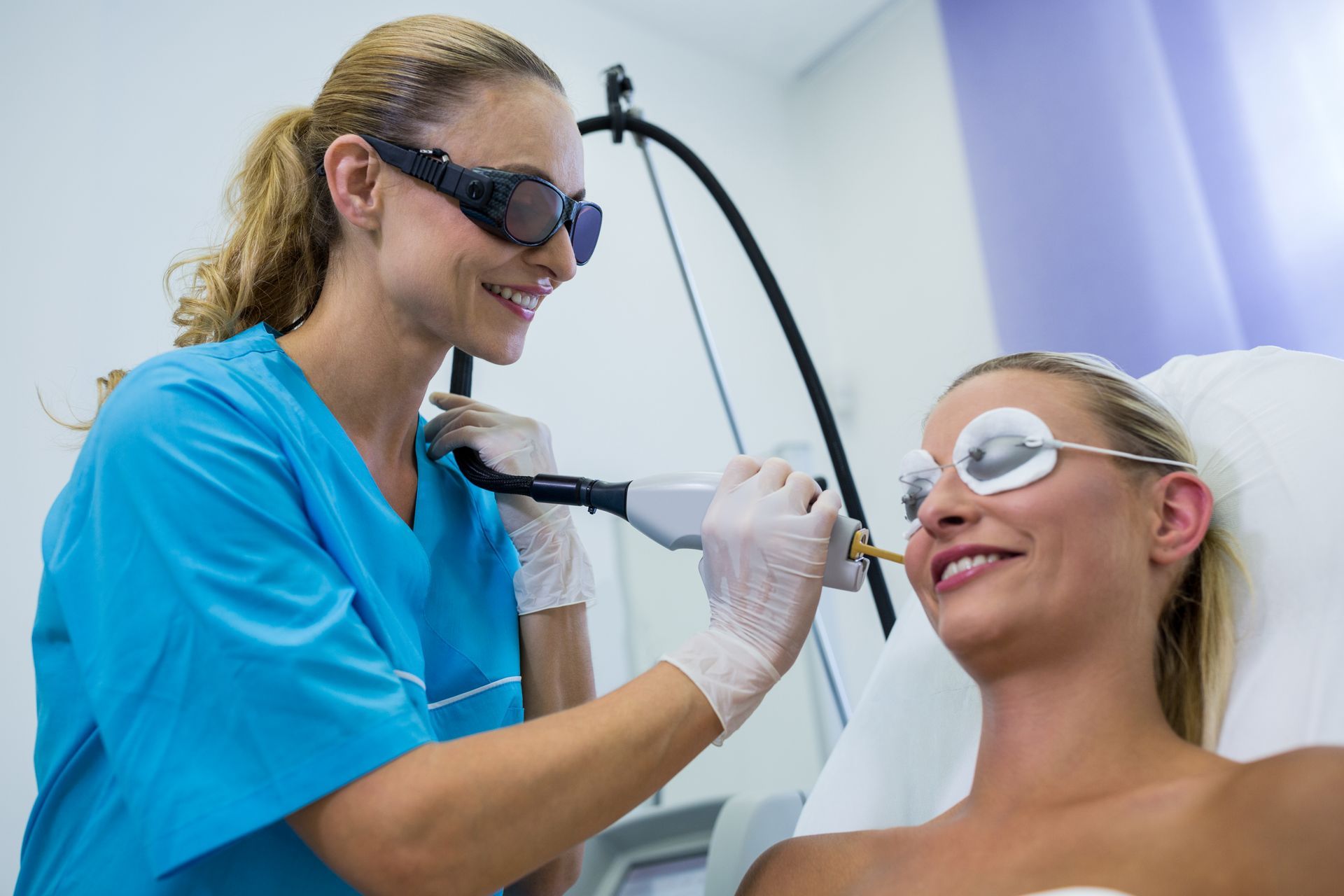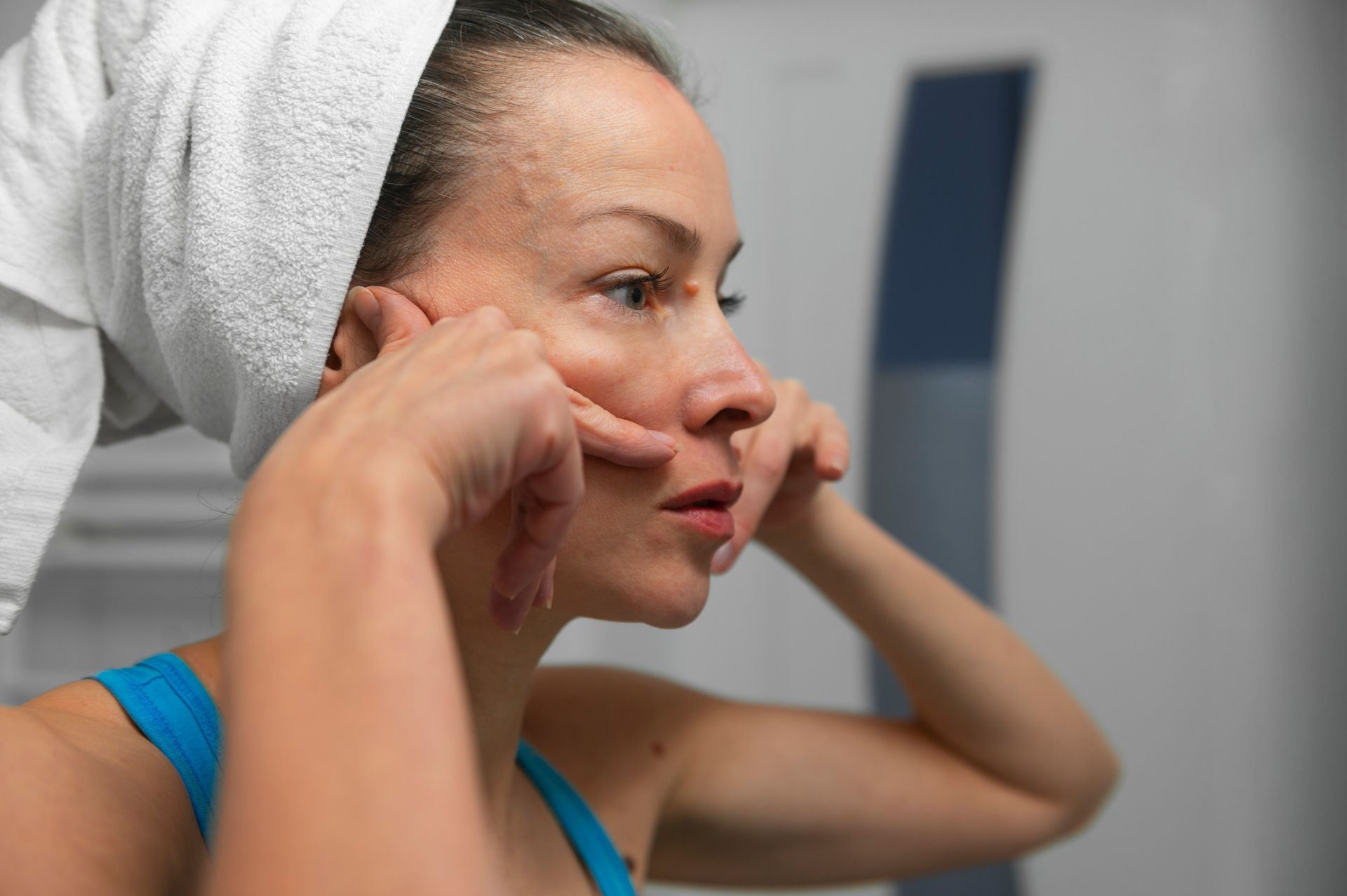Is Laser Hair Removal an Effective Solution for Reducing Armpit Sweat?
In the pursuit of smoother and hair-free underarms, individuals often contemplate the potential benefits beyond mere aesthetics. One common question that arises is whether laser hair removal, a popular and widely utilized method for eliminating unwanted hair, can also serve as an effective solution for reducing underarm sweat. This exploration delves into the intricate relationship between laser hair removal and the quest to minimize perspiration in the underarm region.
The connection between hair removal and sweat reduction is not always apparent, yet it sparks curiosity due to the shared focus on the underarm area. While laser hair removal is primarily sought for its ability to target and inhibit hair follicles, there exists a lingering inquiry about its impact on the sweat glands residing in close proximity. Understanding this correlation is not merely a matter of cosmetic consideration; it speaks to the broader importance of addressing underarm sweat concerns.
Importance of Addressing Underarm Sweat Concerns
Underarm sweat, or axillary hyperhidrosis, can significantly impact an individual's daily life, leading to discomfort, self-consciousness, and potential social challenges. The significance of seeking effective solutions goes beyond cosmetic aspirations, encompassing the desire for practical remedies that enhance both comfort and confidence. As laser hair removal continues to gain popularity, it prompts us to investigate whether this widely embraced aesthetic procedure could also hold promise as a practical remedy for excessive underarm sweating. This inquiry not only invites exploration into the science behind laser hair removal but also emphasizes the importance of comprehensively addressing underarm sweat concerns for those seeking a multifaceted solution.
Laser Hair Removal Process: Unveiling the Science
Laser hair removal stands as a revolutionary cosmetic procedure designed to provide a more permanent solution to unwanted body hair. The underlying principle involves the use of concentrated light beams, precisely targeted at hair follicles. The process begins with the emission of laser energy that is absorbed by the pigment in the hair. This absorbed energy transforms into heat, subsequently damaging the hair follicle and impeding its ability to regrow. The procedure is known for its precision, selectively targeting dark, coarse hairs while leaving the surrounding skin unharmed.
The primary objective of laser hair removal is to disrupt the
hair growth cycle by specifically targeting hair follicles. This intentional focus on follicles distinguishes laser hair removal from traditional hair removal methods such as shaving or waxing, which provide temporary solutions. By directly impacting the follicles, laser hair removal aims for a more lasting outcome, reducing the frequency and density of hair regrowth over time. Understanding this fundamental purpose is crucial for individuals considering the procedure and seeking to grasp the science behind its efficacy.
The Relationship Between Hair and Sweat
While the underarm region is a common target for both cosmetic treatments, it is imperative to clarify that laser hair removal primarily addresses the issue of unwanted hair, not the underlying concern of excessive sweating. The distinction lies in the fact that laser hair removal targets and damages hair follicles, impacting the growth of hair. However, this process does not directly influence the sweat glands responsible for perspiration.
Common Misconceptions about the Impact of Laser Hair Removal on Sweat
Amid the quest for smoother underarms, a prevailing misconception revolves around the idea that laser hair removal inherently reduces underarm sweat. It is crucial to dispel this myth and recognize that the primary focus of laser hair removal is on hair follicles, not sweat glands. This clarification becomes pivotal in managing expectations and guiding individuals towards more appropriate solutions for concerns related to excessive underarm sweating.
In unraveling the complexities of the relationship between hair removal and sweat reduction, it becomes evident that while laser hair removal is a potent method for achieving smooth skin, it is not a direct solution for minimizing underarm sweat. Clarity on these distinctions empowers individuals to make informed decisions, ensuring they choose the right approach for their specific concerns.
Alternatives for Reducing Armpit Sweat
While laser hair removal primarily targets hair follicles, several alternative treatments specifically address the issue of excessive underarm sweating. These alternatives offer diverse approaches to manage perspiration without focusing on hair removal. Some options include clinical-strength antiperspirants, prescription medications, and lifestyle adjustments. Exploring these alternatives allows individuals to tailor their approach to effectively address the root cause of increased underarm sweat, enhancing their overall comfort.
Mention of Treatments Like Botox for Sweat Reduction
One notable alternative gaining popularity in the realm of sweat reduction is the use of botulinum toxin injections, commonly known as Botox. While traditionally recognized for its cosmetic applications, Botox has proven effective in temporarily blocking nerve signals that stimulate sweat glands. This targeted intervention can provide significant relief for those experiencing hyperhidrosis or excessive underarm sweating. The mention of such treatments underscores the variety of options available beyond laser hair removal for managing underarm sweat.
Scientific Perspective
Scientific exploration into the effectiveness of laser hair removal for reducing underarm sweat offers valuable insights. Studies often focus on the physiological changes induced by the procedure and whether these changes extend beyond hair follicles to impact sweat gland activity. Evaluating the existing body of research provides a nuanced understanding of the relationship between laser hair removal and sweat reduction.
While anecdotal evidence may circulate regarding the impact of laser hair removal on underarm sweat, scrutinizing scientific studies becomes crucial for a more evidence-based perspective. Examining research findings helps discern whether there is substantial support for the claim that laser hair removal effectively reduces underarm sweat or if conflicting evidence challenges this notion. Scientific inquiry allows individuals to make informed decisions about the most suitable approach for managing their specific concerns related to underarm sweating.
In navigating the landscape of alternatives for reducing armpit sweat, a comprehensive understanding of non-hair removal options and their scientific underpinnings becomes pivotal. This knowledge empowers individuals to choose interventions that align with their preferences and expectations, ensuring effective relief from the challenges posed by excessive underarm sweating.
The Effects of Laser Hair Removal on Individuals
Understanding that individuals may respond differently to laser hair removal is essential. Factors such as skin type, hair color, and hormonal variations can influence the effectiveness of the procedure. Some may experience noticeable reduction in hair growth, while others may require additional sessions for optimal results. Recognizing these individual variations allows for realistic expectations and a more informed decision-making process.
Possible Side Effects or Limitations of the Procedure
As with any cosmetic procedure, laser hair removal carries potential side effects and limitations. Common side effects may include temporary redness, swelling, or discomfort in the treated area. It is crucial to discuss these potential outcomes with a qualified professional and be aware of any contraindications, such as skin conditions or medications that may impact the procedure's safety and efficacy. Acknowledging these considerations ensures a thorough understanding of both the benefits and potential drawbacks associated with laser hair removal.
Expert Opinions
Consulting dermatologists or experts in the field of dermatology provides valuable insights into the efficacy and safety of laser hair removal. These professionals can offer expert opinions based on their knowledge of skin physiology, the latest advancements in laser technology, and their practical experience with patients. Seeking the counsel of these specialists contributes to a well-rounded perspective on the suitability of laser hair removal for specific concerns, including its potential impact on underarm sweat.
Consultation and Professional Advice
Before embarking on any cosmetic procedure, particularly laser hair removal for sweat reduction, it is crucial to emphasize the significance of consulting with a qualified professional. Dermatologists or licensed practitioners with expertise in laser procedures can assess individual skin types, medical histories, and specific concerns. This consultation allows for personalized recommendations, addressing any potential contraindications and ensuring that the chosen approach aligns with the individual's unique needs.
Laser Hair Removal for Sweat Reduction: Steps to Take
Research: Thoroughly research the procedure, its mechanisms, and its intended outcomes. Understand the distinction between laser hair removal and sweat reduction to manage expectations effectively.
Qualification Check: Verify the credentials of the practitioner. Ensure they have the necessary certifications and experience in performing laser hair removal procedures.
Medical History Disclosure:
Provide a comprehensive medical history, including any existing skin conditions, medications, or allergies. This information is vital for the practitioner to make informed decisions about the suitability of laser hair removal for sweat reduction.
Open Communication: Discuss expectations openly with the professional. Clearly communicate the desired outcomes, and inquire about the realistic possibilities and potential limitations associated with the procedure.
Patch Test: Consider undergoing a patch test to assess how your skin responds to the laser. This preliminary step helps identify any adverse reactions and allows for adjustments in the treatment plan if necessary.
Cost and Maintenance: Understand the
overall cost of the procedure, including any potential maintenance sessions. Being aware of the financial commitment ensures that individuals are fully prepared for the entire process.
Conclusion
The exploration into the effectiveness of laser hair removal for reducing armpit sweat has delved into various aspects. Understanding the science behind laser hair removal, clarifying its relationship with sweat reduction, exploring alternatives, considering individual factors, and seeking expert opinions collectively contribute to a comprehensive perspective on this matter.
While laser hair removal is a highly effective method for
achieving long-term hair reduction, it is essential to acknowledge that its primary focus is on hair follicles, not sweat glands. Scientific evidence supporting its direct impact on underarm sweat reduction is limited. Therefore, for those seeking a targeted solution to excessive underarm sweating, alternatives such as Botox injections may offer more direct and scientifically supported outcomes. The choice between treatments should be made based on individual preferences, expectations, and consultations with qualified professionals.
BOOK YOUR FREE SESSION
